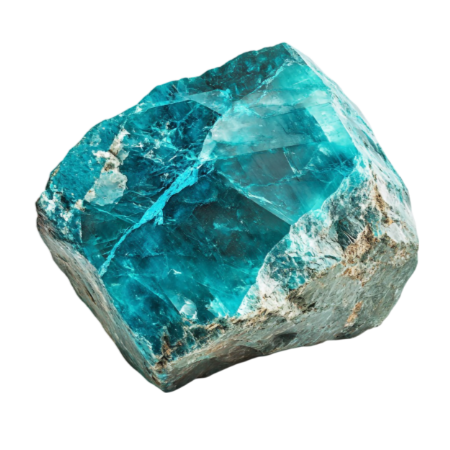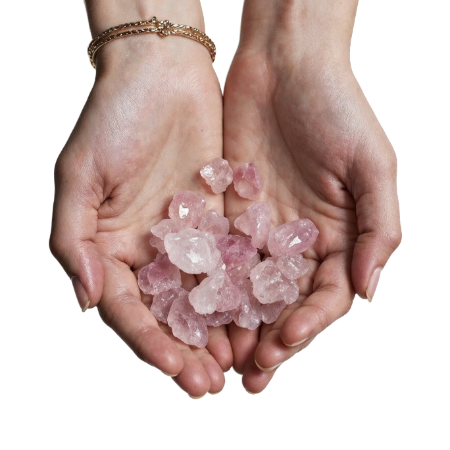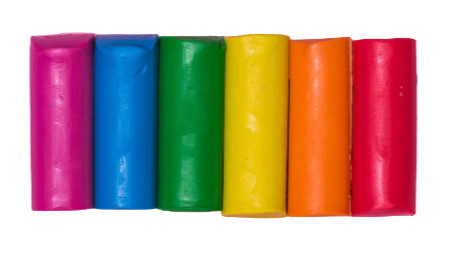
Admired since ancient times, turquoise is known for its distinct color, which ranges from powdery blue to greenish robin egg blue. It’s one of few minerals to lend its name to anything that resembles its striking color.
The word “turquoise” dates back to the 13th century, drawing from the French expression pierre tourques, which referenced the “Turkish stone” brought to Europe from Turkey.
Ancient Persia (now Iran) was the traditional source for sky blue turquoise gemstones. This color is often called “Persian blue” today, regardless of its origin. The Sinai Peninsula in Egypt was also an important historical source of turquoise gems.
The U.S. is now the world’s largest turquoise supplier. Nevada, New Mexico, California, and Colorado have produced turquoise, but Arizona leads in production by value, as well as quality. The stone’s popularity here makes it a staple in Native American jewelry.

Turquoise is found in arid regions where rainwater dissolves copper in the soil, forming colorful nodular deposits when it combines with aluminum and phosphorus. Copper contributes blue hues, while iron and chrome add a hint of green.
Some turquoise contains pieces of host rock, called matrix, which appear as dark webs or patches in the material. This can lower the stone’s value, although the uniform “spiderweb” pattern of Southwestern turquoise is attractive.
Turquoise is sensitive to direct sunlight and solvents like makeup, perfume, and natural oils. The hardest turquoise only measures 6 on the Mohs scale, which made this soft gemstone popular in carved talismans throughout history.
From ancient Egyptians to Persians, Aztecs and Native Americans, kings and warriors alike admired turquoise for thousands of years. It adorned everything from jewelry to ceremonial masks to weapons and bridles.
Highly esteemed for its striking namesake color and its ancient history, turquoise’s popularity remains timeless. (2)
In My Shop
Natural Turquoise Stone Bead Necklaces
These Natural Turquoise Stone Bead Necklaces are composed of Natural Turquoise Stone Beads, Natural African Turquoise Stone Beads, gold-plated round spacer beads and toggle clasp
2 in stock
Sources
(1) Image by tohamina on Freepik
(2) American Gem Society
(3) Image by Freepik










